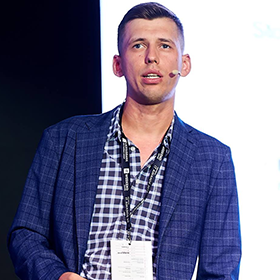Program
Consulting Preparation. Learn how to plan and prepare for a successful Discovery phase, ensuring efficient execution of your consulting engagements.
Business Case Elicitation. Develop your ability to collect vital information about the Business Case, including business goals, constraints, primary Use Cases, and solution context.
Quality Attribute Workshop. Practice techniques for collecting, prioritizing, and refining system quality requirements through Quality Attribute Scenarios, while uncovering technical issues, risks, and constraints related to system quality attributes (*-bilities).
Attribute-Driven Design. Discover the power of attribute-driven design to define solution architecture driven by significant architectural drivers.
Analysis, Planning, Presenting. Enhance your skills in tradeoff and risk analysis, implementation planning, and vision presentation to effectively communicate your architectural solutions.
.png)

